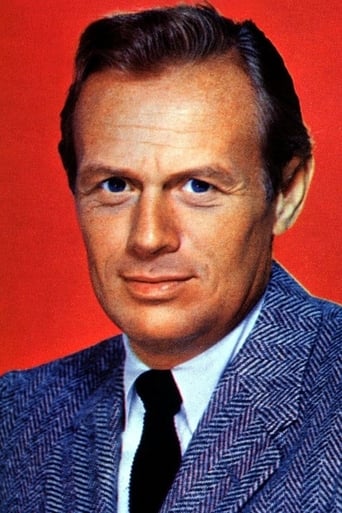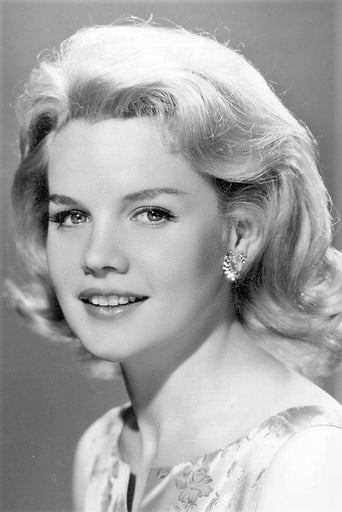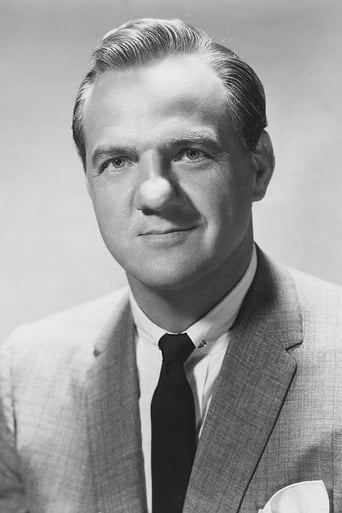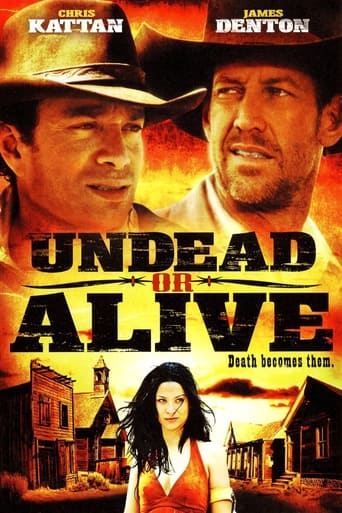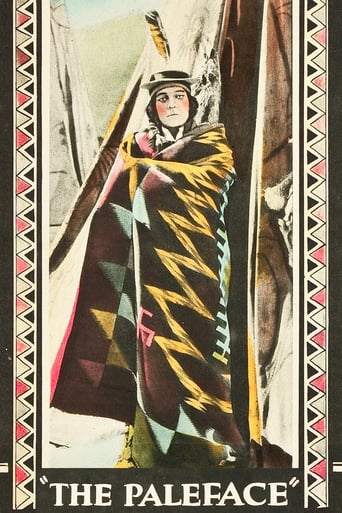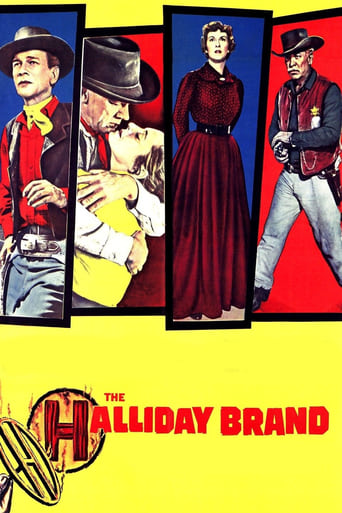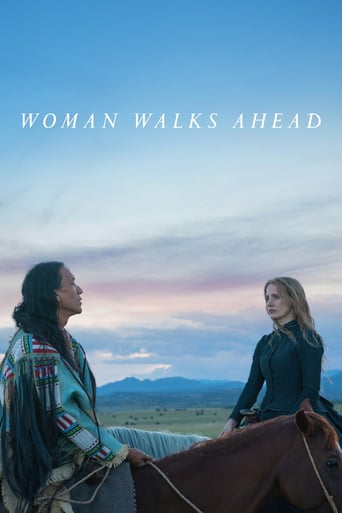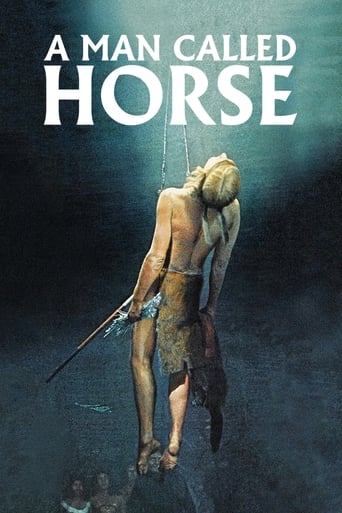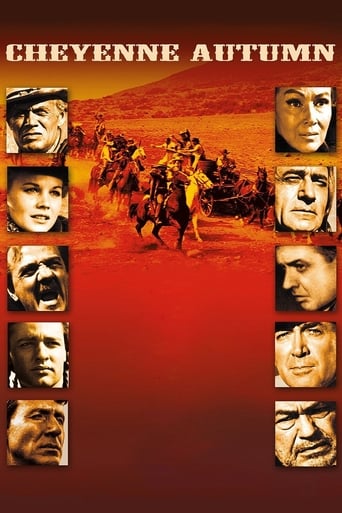

Cheyenne Autumn (1964)
A reluctant cavalry Captain must track a defiant tribe of migrating Cheyenne.
Watch Trailer
Cast
Similar titles
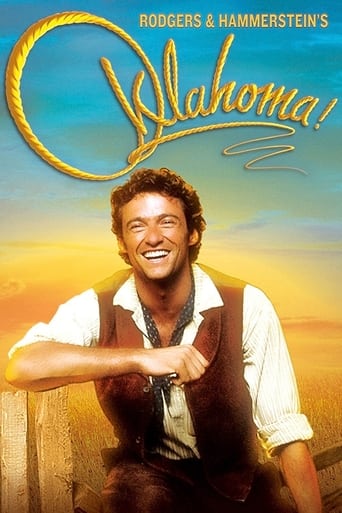

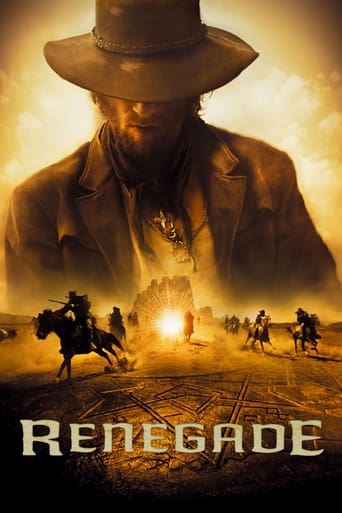
Reviews
best movie i've ever seen.
There's no way I can possibly love it entirely but I just think its ridiculously bad, but enjoyable at the same time.
The film's masterful storytelling did its job. The message was clear. No need to overdo.
The story, direction, characters, and writing/dialogue is akin to taking a tranquilizer shot to the neck, but everything else was so well done.
It's at least one of the worst. John Ford's "Cheyenne Autumn" (1964) was supposedly based on the book of the same name; the book's excellent, but this movie's a total fail. For one, the story focuses on what is known as the Northern Cheyenne Exodus wherein Chiefs Little Wolf (Ricardo Montalban) and Dull Knife (Gilbert Roland) lead over three hundred starved and weary Cheyenne from their reservation in the Oklahoma territory to eastern Montana. Google it and you can see the exact trail route. What's the problem? Well, Ford shot the picture entirely in his beloved Monument Valley and surrounding areas in Arizona. Evidently Ford thought that we're all doofuses and no one would notice that the desert Southwest looks absolutely nothing like the Great Plains where the exodus actually took place. Imagine a movie taking place in the northern Appalachians, but shooting it in the swamps of Louisiana; it's the same gross contrast.I'm not suggesting, by the way, that films based on factual events always have to be shot at the actual locations, but shouldn't the locations at least remotely resemble the actual locations? For instance, although the story of "Cold Mountain" takes place in North Carolina and Virginia parts of it were shot in Romania, but it was okay because the geography and climate is the same. Or take 1953's "War Arrow," which took place in West Texas, but was shot in California; it worked out because the CA locations were an acceptable substitute for West Texas (not great, but at least acceptable).If this weren't bad enough, the story as played out in "Cheyenne Autumn" is so dreadfully dull and the acting so melodramatic that you'll be seriously tempted to tune out by the half hour mark. And then there's this utterly incongruent sequence with Jimmy Stewart as Wyatt Earp in Dodge City, Kansas (which, again, looks absolutely nothing like Monument Valley).Needless to say, this film's so godawful you have to actually see it to believe it. In fact, that would be the only reason for viewing it; that and maybe having a good laugh. It's a cinematic abomination.What's crazy is that the current IMDb rating is 6.9. Can you believe it? I can only stock this up to Ford fanatics who can't face the awful truth that this great auteur barfed out such utter trash. And to think that this -- his last film -- was supposed to be some kind of apology to Native Americans for his one-dimensional portrayal in past films. What irony.To add insult to injury the film is painfully overlong at 2.5 hours (which feels like 4 hours).GRADE: F
I think of this film, primarily, as Ford's last and best cavalry film, which happens to center on the historical escape of the northern Cheyenne from their hated lethal Oklahoma reservation, and attempt to make their way back to their homeland in the Yellowstone region. It rather follows the formula established in "Fort Apache", where we have a new commanding officer of a fort(played by Fonda), who sees it as his main responsibility to keep the local 'Indians' under control. He regards 'Indians' as inferior beings, and underestimates their military prowess, resulting in his Custer-like demise. In this film, we actually have two such officers in Major Braden and Captain Wessels, in different time frames. They lack Fonda's arrogance, but nonetheless are determined to follow their superior's harsh orders in dealing with the renegade Cheyenne. In contrast, Richard Widmark takes on John Wayne's role in "Fort Apache", as a very conflicted second(often first) in command, trying to give the Cheyenne a break, while maintaining his status as a cavalry officer. His Quaker girlfriend, played by striking blond Carol Baker, has run off with the Cheyenne. Being an Irish Catholic, Ford identified with certain other often persecuted Christian sects, such as the Mormons, in "Wagon Masters", and the Quakers, who had tried to get food for the Irish during their famine years.Many of the details of this historical incident are fictionalized. For example, it's implied that the Cheyenne felt compelled to give themselves up at Ft. Robinson to avoid certain death from winter exposure and starvation. In fact, one group successfully overwintered in the sparsely populated infertile Sand Hills region of Nebraska, which had abundant game, if not bison. It's not acknowledged that the Cheyenne did sometimes raid, kill and rape settlers when they felt it necessary for their survival, or as revenge for past massacres. Thus, there was some justification for the panic among Europeans. It bothers me that filming obviously was done in Ford's favorite places on the Colorado Plateau, which looks nothing like the prairie country that most of this historical trek took place in. On the other hand, the Ft. Robinson massacre was relatively accurately portrayed. Of course, Widmark's journey to Washington, and the journey of the Secretary of Interior out to Montana, are pure fiction, if providing a promising resolution to the Cheyenne's problems.(It's not made clear, but these Cheyenne were eventually given a reservation in their preferred habitat, minus the bison). The characterization of Secretary Schurz(not Shultz), well played by Eddie Robinson, as a 'good guy' has some historical support, but is overblown. Robinson asks his portrait of Lincoln, one of Ford's heros, for guidance. Although we follow only one cavalry group, in fact, many thousands of soldiers from several forts, as well as many civilians, were involved in trying to recapture these couple hundred Cheyenne.Famous Mexican actress Dolores Del Rio, at age 60, has a fairly prominent role, as a Spanish woman who has joined the Cheyenne: the only such woman who speaks English. Her most remembered line, repeated, is the defiant "They will not go back", in response to the fort commander's received order that the Cheyenne must return to their Oklahoma reservation, even in the dead of winter.Now, as to the much maligned Dodge City slapstick farce episode, which superficially seems little related to the rest of the film. At one level, try thinking of this as the bonus comedy short, which happens to be inserted within the main feature film as part of the intermission, instead of its usual place. Ford knew that occasional humor, sometimes involving slapstick, was an important ingredient in his successful films. In this case, the laughs are nearly all concentrated in this bizarre segment. But, it's also clear that Ford meant this episode to have serious relevance to the main point of the film. In part, it's meant to burlesque the striking contrast between the white man's often out of touch corrupt urban world with that of the Native American's viewpoint of themselves as merely one part of a complex web of the natural world. In the last portion, most of the town, including a wagon load of prostitutes and an open bar wagon, go galloping out of town with guns blazing and a wagon of explosives and ammunition, to counter a reported nearby party of rampaging Cheyenne. But, this hysterical mob goes in the opposite direction from the reported location of the Cheyenne! They encounter one lone Cheyenne on a distant hill, who causes further panic with one bullet, which blows up the munitions wagon. This segment, no doubt, is meant as a satire on the huge number of soldiers and civilians(and their general incompetence) deemed necessary to track down and tame or kill a few hundred fleeing starving Cheyenne. Jimmy Stewart, as Wyatt Earp, plays his dominating role in this farce to the hilt: quite possibly his best, if least understood, film performance! Actually, his character is a carbon copy of his character in the beginning of Ford's previous "Two Rode Together". Watch also for Ken Curtis, who wants to pick a fight with Stewart, while the latter is card gambling. Stewart shoots him, under the table, in the foot, discombobulating him. Then, Stewart supposedly extracts the bullet from his foot. Curtis is most remembered for his role as Festus, in the TV "Gunsmoke" series. However, believe it or not, he was Frank Sinatra's replacement as Tommy Dorsey's lead male singer in 1941! He was also director Ford's son-in law, and had been included in minor roles in many of Ford's previous films. Elizabeth Allen, a tall striking brunet, plays the pushy lead prostitute, ending up upside down, bloomers showing, in a fast-moving carriage, in the laps of Stewart and Arthur Kennedy(as Doc Holiday)!
Mari Sandoz' sympathetic account of the flight of the Northern Cheyennes from Oklahoma's Indian Territory to their historical homeland in Wyoming is the basis of John Ford's final western adventure. The usual emotional mistreatment of the Indians, with broken promises, lies, the disrespect shown to their chiefs, indifference to the tribe's well-being, lack of proper nourishment and education by their white custodians sets in motion their northward trek. The Cheyenne migration comes to the attention of the War Department in Washington with orders to stop the Indians and return them to their reservation. The film has several hit-and-run skirmishes, with the fighting prowess of the Cheyennes keeping the pursuing soldiers at bay. Richard Widmark, a cavalry officer and Carroll Baker, a Quaker who wants to educate the Cheyenne children, are sympathetic towards the Indians' plight, in stark contrast to Karl Malden's Russian martinet who imprisons the Indians at Fort Robinson and vows to send them back to the arid Oklahoma territory. The film's measured and deliberate pace is in keeping with the plodding progress of the tribe's move north. The Dodge City sequence, which features a comical poker game, is a pointless twenty minute detour from the film's narrative and adds nothing to the plot. The wide-screen cameras of William Clothier capture the beautiful scenery of Monument Valley, director Ford's favorite shooting location. Gilbert Roland, Ricardo Montalban and Dolores del Rio are excellent in various Cheyenne roles.
This was John Ford's last Western and it is generally viewed as a weak film. It has been described as his "apology" to Indians for his allegedly negative portrayal of them in his earlier films. If you read the statement he made to Peter Bogdonavich, he doesn't actually use the word "apology". He says he just wanted to a make movie told more from the Indian point of view. This makes more sense, because most Ford Westerns, with perhaps the exception of "Stagecoach" and "Rio Grande" dealt relatively fairly with Indian characters. I don't think he had much to apologize for. This movie is underrated by critics. I'm not sure why. I thought it compared favorably with his better work. Here are the positives about the movie: It may be Ford's most beautiful film. He lingers in Monument Valley far longer than the logic of the script would dictate. He knew this would be that last time he would shoot there. The results are spectacular.The film has a stately, almost regal pace with an excellent accompanying soundtrack. This matches the pace of the central plot element – a six month journey by foot.It manages to never be dull. This is quite an accomplishment since there is no real hero, no real heavy and very little violent conflict. It's an example of very fine low key storytelling.Although this is a strong Indian point of view movie, it never becomes condescending or maudlin. Both sides are presented with respect and complexity.I've read much criticism of the Dodge City comic relief interlude. I thought this was fantastic segment. What a pleasure to see old pros like John Carradine, James Stewart and Arthur Kennedy do cameos in Ford's last Western. Ford understood the importance of inserting comic relief into Westerns, which are normally tense dramas in need of counterpoint. This is even more effective in the fundamentally somber "Cheyenne Autumn".Almost all strong Indian point of view movies are relentless downers that include no comic relief. For example, "Devil's Doorway", "Broken Arrow", "Dances With Wolves". Ford doesn't compromise on his traditional heavy use of humor in this movie and he also includes a somewhat optimistic ending. The ending may seem unrealistically positive, but it is actually at least partly rooted in historical accuracy, from what I've read. Of course, in the big historical picture there was no happy ending for the Indians. The question is: who wants to watch a movie that is that depressing? Ford strikes a good compromise here. Carol Baker is an underrated actress. She has a great screen presence and is very good in this film. Her character was very credible, if maybe a little too good looking. If she's a typical 1880's Quaker chick, I would have had to rethink my religious affiliation.Now here are some things that kept the movie from being better:Widmark looks great, but I wish his character had been a more active player in plot developments. It's not best for the male lead to be too much of an observer. Also, he is way too old to be Carol Baker's romantic interest.The Indians are poorly cast with the use of mediocre Hispanic actors. I can't believe those weird bangs are authentic hairdos either. If they are, I would have invoked artistic license to change them.The subplot with the split between the Cheyenne leaders and the final confrontation at the end was poorly drawn, poorly acted and pointless.There are a few plot holes. The only one that really bothered me was the Cheyenne somehow managing to smuggle 20 rifles into their holding facility in the fort in Nebraska.Finally, this isn't really a fault, but I wanted to mention that I'm torn about Karl Malden's character. On the one hand, it seems very odd to introduce a German officer who's oppressing the Cheyenne because "he's only following orders." Do we have to implicate the Germans in our genocide? Don't they have enough problems of their own on this issue? On the other hand, I guess the point was to draw a comparison between the Holocaust and the destruction of the American Indian population. This was probably a very aggressive and controversial idea in 1964, for Americans anyway. The Germans I've known over the years never had a problem mentioning it to me. In fact, often they would talk of little else.
